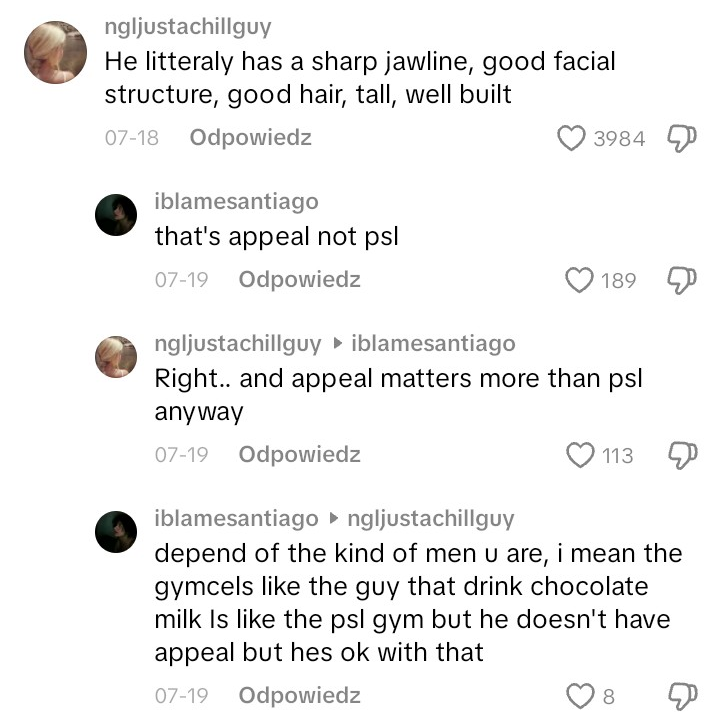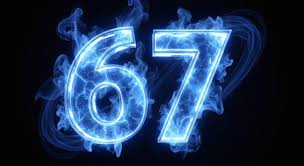wxt_
Iron
- Joined
- Jan 13, 2025
- Posts
- 13
- Reputation
- 3
This thesis studies the social and psychological aspects of relationships between a conventionally attractive woman and a man deemed less attractive based on commonly accepted standards of beauty. These relationships are typically regarded as exceptions, but they may be better understood in the context of hypergamy, emotional validation, and social phenomenon. The term hypergamy, a social science term, refers to individuals’ tendency to marry up the social and economic status ladder. In contemporary societies, this tendency has shifted away from wealth or class to physical appearance and social desirability. Given visual culture and social media are increasingly dominating relationships, dating up will continue to be linked to social hierarchy in aesthetics and sexual market value.
Historically, hypergamy has been viewed as a result of evolutionary and sociocultural forces. Many scholars justify this interpretation of hypergamy using an evolutionary lens, emphasizing that women who chose mates who could provide safety in the environment, resources to help survive, and genetic fitness, had better odds of reproductive success. In today's world, the culturally-appropriate instincts to select for these traits have manifested into what we consider proxies for survival value - status, attractiveness, charisma, social capital, etc. However, unlike prehistoric situations where the value given to traits like status or attractiveness had an actual physiological effect on survival, in modern life attraction is based on perception, comparison, and psychological need.
While hypergamy is a consistent relationship pattern, social commentators often witness relationships that seem to disprove it: attractive women enter relationships with men who may lack the traditional signs of attractiveness. One possible explanation for this discrepancy is that self-perception and self-validation are constantly being reorganized. A woman may decide to date outside of her normal criteria once she is feeling emotionally vulnerable, rejected, or unsure of her self-worth. The need for validation or acceptance can lead to new romantic connections she would not have considered when she felt more securely situated in her self-worth. This was not necessarily a rejection of hypergamy, but rather a reaction to changing interpretations of her self-worth and emotional orientation during times of momentary vulnerability and re-alignment. In these instances, care and reliance can outweigh a woman’s visual, social or other metric for comparison.
Recognizing that contemporary attraction is influenced by nuanced social factors is also crucial. Fame, wealth, and public acknowledgement can completely change the lenses through which attractiveness is perceived. A man of ordinary physical attributes may nevertheless have a great deal of status capital, or resources, power, or personal characteristics that act to amplify desirability. In this context, physical attractiveness is but one of many currencies. This explains why in higher social class, or among people in the public eye, traditional beauty hierarchies seem most flexible, if not completely elevated to forms of symbolic power that, albeit different, carry just as much evolutionary significance.
The larger point is that attraction does not exist purely as a mechanism or a fixed or identified physical phenomenon. Attraction is a special case of being at the intersection of biology, psychology, and culture. Human minds still retain primitive impulses of mate selection, albeit they are sometimes experienced through modern circumstances of self-reflection, technology, and social evaluation. The principles of hypergamous mating shapes attraction but the ways attraction is expressed have become pliable and evolve not only because of genetic impulses but because of emotive and social pressures.
In conclusion, the presence of relationships between conventionally attractive women and less attractive men does not contradict evolutionary theory or the concept of hypergamy. Rather, it reveals the fluidity of human psychology and the adaptive nature of attraction itself. Beauty standards, emotional validation, and status all interact in shaping modern relationships, creating patterns that may appear anomalous but are, in truth, part of the same evolutionary and psychological continuum that has guided human mating behavior for millennia.
sources:
(most of these sources were found while i was doing the thesis, therefore having not read the books their might be more or less accurate on the point i wanted too make)

Historically, hypergamy has been viewed as a result of evolutionary and sociocultural forces. Many scholars justify this interpretation of hypergamy using an evolutionary lens, emphasizing that women who chose mates who could provide safety in the environment, resources to help survive, and genetic fitness, had better odds of reproductive success. In today's world, the culturally-appropriate instincts to select for these traits have manifested into what we consider proxies for survival value - status, attractiveness, charisma, social capital, etc. However, unlike prehistoric situations where the value given to traits like status or attractiveness had an actual physiological effect on survival, in modern life attraction is based on perception, comparison, and psychological need.
While hypergamy is a consistent relationship pattern, social commentators often witness relationships that seem to disprove it: attractive women enter relationships with men who may lack the traditional signs of attractiveness. One possible explanation for this discrepancy is that self-perception and self-validation are constantly being reorganized. A woman may decide to date outside of her normal criteria once she is feeling emotionally vulnerable, rejected, or unsure of her self-worth. The need for validation or acceptance can lead to new romantic connections she would not have considered when she felt more securely situated in her self-worth. This was not necessarily a rejection of hypergamy, but rather a reaction to changing interpretations of her self-worth and emotional orientation during times of momentary vulnerability and re-alignment. In these instances, care and reliance can outweigh a woman’s visual, social or other metric for comparison.
Recognizing that contemporary attraction is influenced by nuanced social factors is also crucial. Fame, wealth, and public acknowledgement can completely change the lenses through which attractiveness is perceived. A man of ordinary physical attributes may nevertheless have a great deal of status capital, or resources, power, or personal characteristics that act to amplify desirability. In this context, physical attractiveness is but one of many currencies. This explains why in higher social class, or among people in the public eye, traditional beauty hierarchies seem most flexible, if not completely elevated to forms of symbolic power that, albeit different, carry just as much evolutionary significance.
The larger point is that attraction does not exist purely as a mechanism or a fixed or identified physical phenomenon. Attraction is a special case of being at the intersection of biology, psychology, and culture. Human minds still retain primitive impulses of mate selection, albeit they are sometimes experienced through modern circumstances of self-reflection, technology, and social evaluation. The principles of hypergamous mating shapes attraction but the ways attraction is expressed have become pliable and evolve not only because of genetic impulses but because of emotive and social pressures.
In conclusion, the presence of relationships between conventionally attractive women and less attractive men does not contradict evolutionary theory or the concept of hypergamy. Rather, it reveals the fluidity of human psychology and the adaptive nature of attraction itself. Beauty standards, emotional validation, and status all interact in shaping modern relationships, creating patterns that may appear anomalous but are, in truth, part of the same evolutionary and psychological continuum that has guided human mating behavior for millennia.
sources:
- Kenrick, D. T., & Keefe, R. C. (1992). “Age preferences in mates reflect sex differences in human reproductive strategies.” Behavioral and Brain Sciences, 15(1), 75–13
- Durante, K. M., Li, N. P., & Haselton, M. G. (2008). “Changes in women’s mate preferences across the ovulatory cycle.” Journal of Personality and Social Psychology, 95(2), 292–307.
- Eastwick, P. W., & Finkel, E. J. (2008). “Sex differences in mate preferences revisited: Do people know what they initially desire in a romantic partner?” Journal of Personality and Social Psychology, 94(2), 245–264.
(most of these sources were found while i was doing the thesis, therefore having not read the books their might be more or less accurate on the point i wanted too make)






